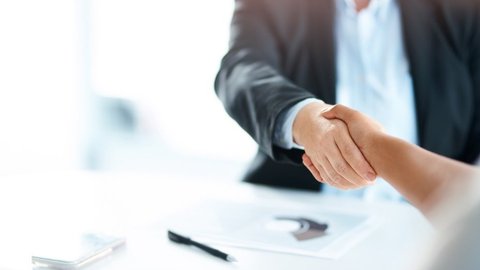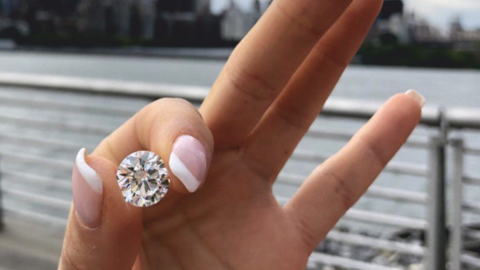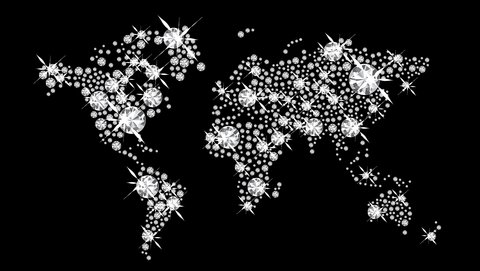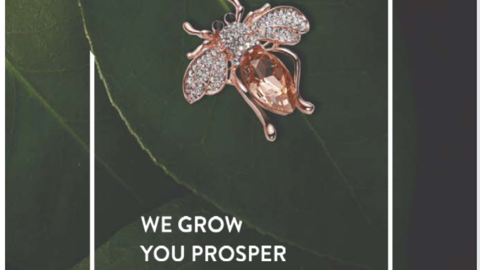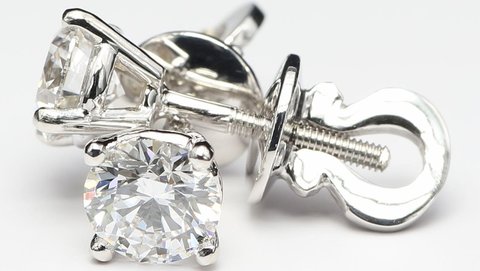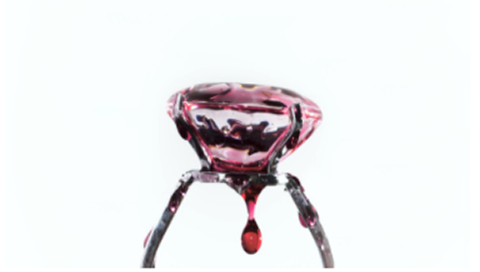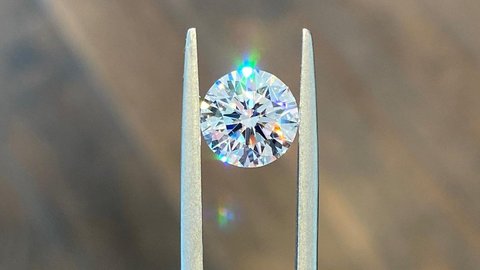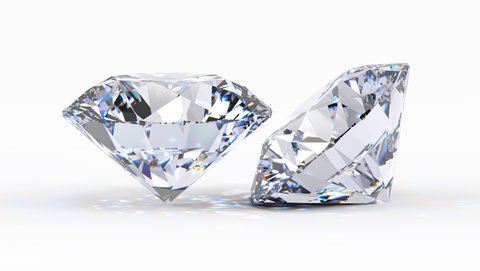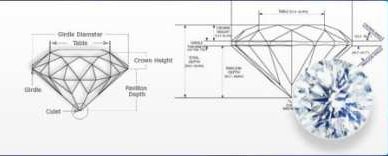Do Lab Diamonds Get Yellowish?
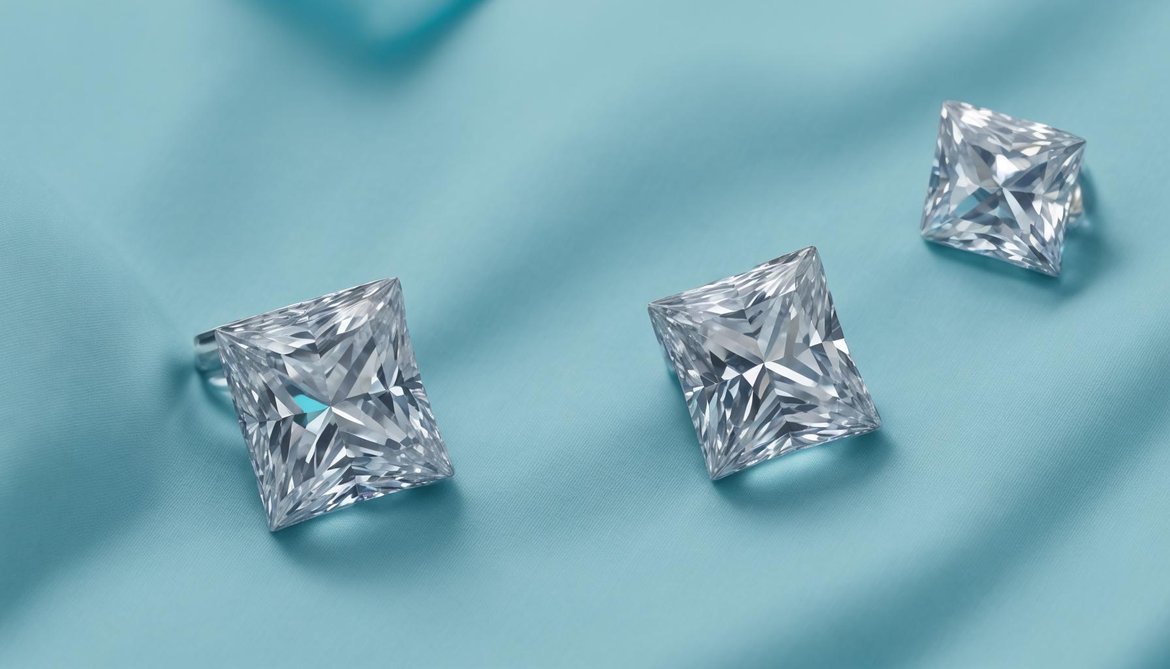
Lab-grown diamonds, or cultured diamonds, have the same chemical and physical properties as natural diamonds. However, there are concerns about their long-term color stability, specifically the potential for yellowing over time. This article examines the factors that contribute to lab diamond yellowing and whether this color change is permanent or temporary.
Several factors influence the color stability of lab diamonds:
| Factor | Effect on Color | Duration | Yellowing Speed |
|---|---|---|---|
| Nitrogen impurities | Yellowing | Permanent | Gradual over years |
| Exposure to high heat | Yellowing | Temporary | Rapid, within hours |
| Exposure to UV radiation | Yellowing | Temporary | Gradual, over months |
| Defects in crystal structure | Yellowing or browning | Permanent | Immediate to gradual |
Nitrogen impurities during diamond growth are a primary cause of lab diamond yellowing. Nitrogen atoms replace carbon atoms in the diamond lattice, creating a permanent yellow hue. This yellowing typically occurs gradually over several years. Advanced diamond growth techniques aim to minimize nitrogen incorporation, producing colorless or near-colorless lab diamonds.
High temperatures, such as those encountered during jewelry manufacturing or repairs, can temporarily cause lab diamonds to yellow. This rapid color change, occurring within hours, is reversible once the diamond cools.
Prolonged exposure to ultraviolet (UV) radiation can also lead to temporary yellowing, which typically occurs gradually over months and fades when the diamond is removed from the UV source.
Crystal structure defects in lab diamonds, such as vacancies or interstitials, can contribute to yellowing or browning. These defects can occur during growth or due to post-growth treatments. Resulting color changes can be immediate or gradual, depending on the defects' nature and extent, and are usually permanent.
Reputable lab diamond manufacturers employ strict quality control measures to ensure color stability, using advanced spectroscopic techniques to detect and minimize impurities and structural defects causing yellowing.
In conclusion, lab diamonds can yellow due to nitrogen impurities, high heat or UV radiation exposure, and crystal structure defects. Yellowing speed varies depending on the cause, from rapid changes within hours to gradual changes over months or years. Some color changes may be temporary, while others are permanent.
Consumers should buy lab diamonds from reputable suppliers prioritizing color stability and providing certification from recognized gemological laboratories to ensure their lab-grown diamonds' long-term quality.

